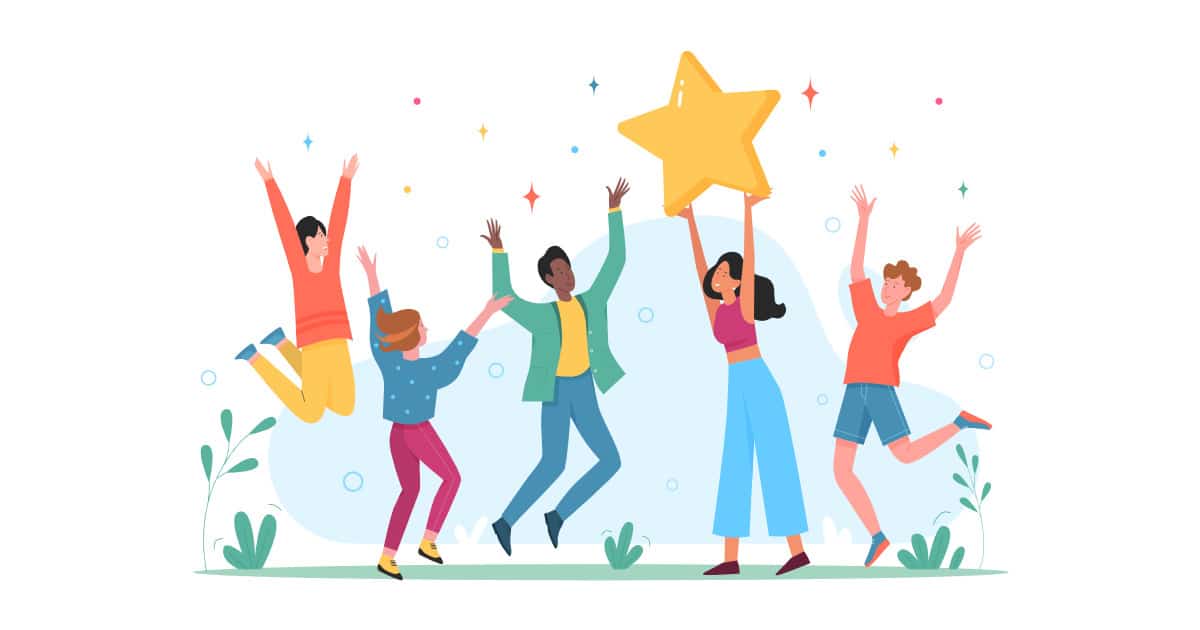
Photo credit: iStockphoto.com (Flashvector)
While many things are beyond our control right now–from world events to how people will behave at Thanksgiving dinner–how we respond to them is up to us. So what if we use this time to focus on what success looks like for us in 2025?
Here are five key insights we hope will inspire you from Professor Sarah Lewis, Harvard art historian and author of The Rise: Creativity, the Gift of Failure, and the Search for Mastery.
1. Pursue Mastery Over Success
Lewis distinguishes between “success” and “mastery.” Success, she observes, is achieving a single goal, while mastery is about a sustained commitment to improving over time.
Using the example of a women’s archery team, she explains, “Success is knowing you could hit that bullseye once, but mastery is knowing that it means nothing if you can’t do it again and again.”
The point, she suggests, is to think of your goals through the lens of long-term growth. And ask yourself how you can keep improving even after achieving success, knowing that mastery is a continuous journey.
2. Embrace Near Wins as Catalysts for Growth
Lewis emphasizes that “near wins” are often more motivating than complete success. Consider, for example, Nobel Prize-winning psychologist Daniel Kahneman’s work, which shows that our minds tend to fixate on what “might have been,” fueling our drive to achieve even more. By framing near wins as fuel rather than failure, we can create a powerful motivation to push forward.
Lewis notes that this mindset shift can be particularly useful in work environments where high expectations are shared. Instead of seeing a setback as discouraging, we can view it as a propeller for our next steps. Cultivating this resilience can help us reframe challenging moments as valuable parts of our growth, making us more adaptable and driven.
3. Create Protected Spaces for Innovation
High achievers balance intense focus and what Lewis calls “protected spaces” for exploration and play. To foster creativity, Lewis encourages women to create time each week for projects or ideas that may not have an immediate outcome or goal. Setting aside a small period for brainstorming, reflecting, or pursuing passion projects can open us to fresh insights.
4. Practice Supple Grit: Know When to Pivot
True grit involves knowing when to press on and when to change direction. This includes reassessing goals and adapting, reflecting the value of “supple grit,” or resilience with flexibility.
For women in the workplace, supple grit allows us to stay committed to our long-term vision while remaining open to new paths. Lewis recommends looking for signs when a shift may be beneficial, helping us align more closely with our evolving goals. This flexibility strengthens resilience, empowering us to make meaningful adjustments without sacrificing commitment.
5. Normalize Failure and Celebrate Learning
Finally, Lewis advocates for creating work cultures that normalize failure as an integral part of innovation.
“Finding tactics to celebrate the process -to lower the perception of shame associated with the near win – have proven to be effective tools,” she says. When leaders model transparency about failures, they encourage others to take calculated risks, knowing that the journey is valued.
Lewis suggests that we bring this mindset into our teams by creating practices that reward bold efforts, regardless of outcome. “How we handle our near wins,” she says, “can shape the culture of our organizations.”
